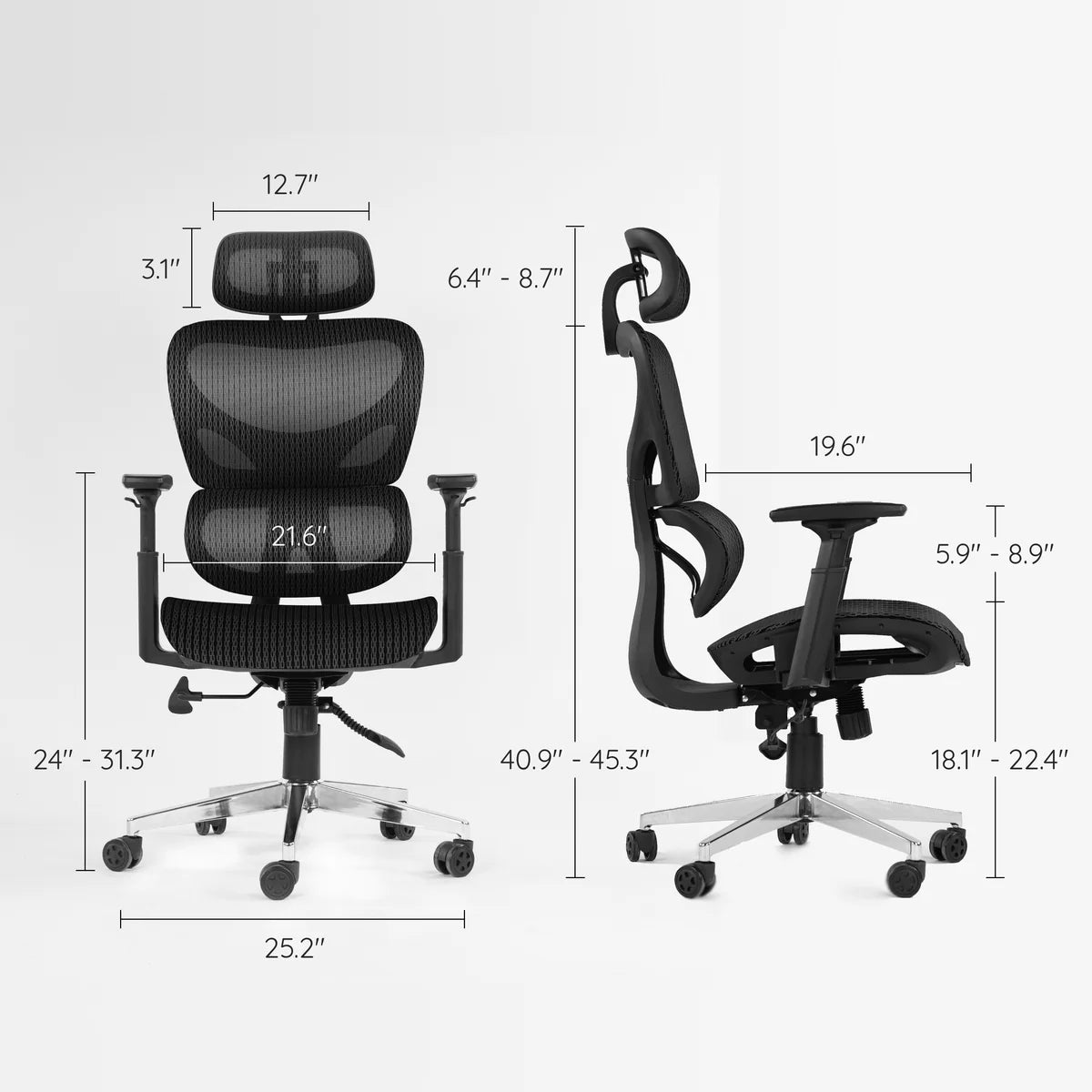Standing desks: a modern solution to an age-old problem
In a world where technology increasingly affects our work and leisure, the humble desk remains a fixture. However, the traditional office desk is being reconsidered as a must-have for offices and homes. Standing computer desks emerge as a modern solution that combines ergonomics, health benefits, and adaptability. This article takes an in-depth look at the evolution, benefits and challenges of standing desk with drawers, exploring their role in contemporary lifestyles and their potential to revolutionize the way we work and our wellbeing.
The history of standing desk
The concept of a standing desk is not a product of the 21st century. Historical records show that figures such as Leonardo da Vinci and Benjamin Franklin used tall tables in the pursuit of knowledge. These early versions were seen more as a symbol of prestige than ergonomics. In the 18th and 19th centuries, standing desks were common in the homes and offices of the wealthy, often custom-made and elaborately designed.
Growing awareness of health and ergonomics has fueled the renaissance of the modern standing gaming desk. With the advent of digital technology and the increase in sedentary work, standing desks have evolved from a luxury item to a practical workplace necessity.
Ergonomic advantages of height adjustable desk
The most compelling argument for standing desks is their ergonomic advantages. Traditional sitting postures often lead to poor posture, leading to back and neck pain. Standing desks, on the other hand, can promote a more natural alignment of the spine, potentially reducing musculoskeletal discomfort.
A 2014 study published in the journal Human Factors highlighted that participants using standing desks reported lower levels of discomfort and fatigue than those using traditional desks. This is due to the fact that standing desks encourage a more dynamic posture, allowing for regular movement and posture adjustments.
The health effects of standing desks
The health benefits of a sit standing desk extend beyond ergonomics. One of the most important impacts is the fight against the sedentary lifestyle prevalent in modern society. Sitting for long periods of time increases your risk of heart disease, diabetes, and obesity. Standing desks offer a simple and effective way to mitigate these risks by promoting more movement and activity during the workday.
In terms of calorie expenditure, standing burns more calories than sitting. A study from the University of Chester found that standing for three hours a day over a year is equivalent to the calories burned by running about 10 marathons. However, balancing standing and sitting is crucial, as standing for long periods of time can lead to a range of health problems, such as varicose veins and foot pain.
Comparison of electric standing desk and traditional desks
Standing desks offer a number of unique advantages over traditional desks. They promote more movement, reduce sedentary behavior, and potentially improve focus and productivity. However, they are not without their drawbacks. The initial transition may be uncomfortable, and standing for long periods of time can be taxing.
Adaptability is a key feature of many modern standing desks. Height-adjustable models allow users to alternate between sitting and standing, providing the best of both worlds. This flexibility can accommodate personal preferences and physical needs, making standing desks a versatile option for different users.
Challenges and Considerations of a standing computer desk
While a standing desk has many benefits, it also comes with some challenges. Cost is an important factor, as high-quality, adjustable models can be expensive. This can be a barrier for individuals and organizations seeking to transform.
The ergonomic setup of a standing desk is crucial. Merely standing is not enough; the desk height, monitor position, and accessory placement all need to be optimized to ensure maximum benefit and comfort. Additionally, the adaptation period to a L shaped standing desk can vary, with some individuals experiencing discomfort or fatigue during the initial transition, for example, somtimes others may need an ergonomic office chair.
The most important thing you can do for yourself is move on a regular basis. Remember, we are trying to replicate the experience of working in the fields or factory without all the heavy lifting and sweating. If you have an adjustable desk you can listen to your body and you can move periodically throughout the day. You now have the freedom to move when it is convenient and when your body tells you that you need to. Stand for a few minutes when you get to your desk after a long commute. Stand while you take a phone call. Stand after lunch to help maintain your focus and avoid the afternoon crash. Stand when your back feels a little tight or your neck is stiff. Adjustments give you freedom and that is good for your body and your mind!
Future Trends and Innovations
As technology advances and design innovations emerge, the future of standing desks looks promising. Smart desks equipped with sensors and health monitoring tools can provide feedback on posture and usage, further enhancing ergonomic benefits. Design is also expected to be improved, with a focus on better aesthetics, functionality and affordability.
As awareness increases, small standing desk may become more mainstream, potentially leading to lower costs and greater convenience. This trend could have a significant impact on workplace health and ergonomics, promoting a more positive and healthy work environment.
In conclusion
Standing desks with drawers represent a shift in how we view our work environment and its impact on our health and productivity. They offer a proactive approach to mitigating the risks associated with a sedentary lifestyle, providing ergonomic benefits and promoting overall health. As we continue to navigate the challenges of modern working life, standing desks stand out as a simple yet effective tool for fostering a healthier, more energetic way of working. The future of office ergonomics may well be here to stay, and that future looks promising.

